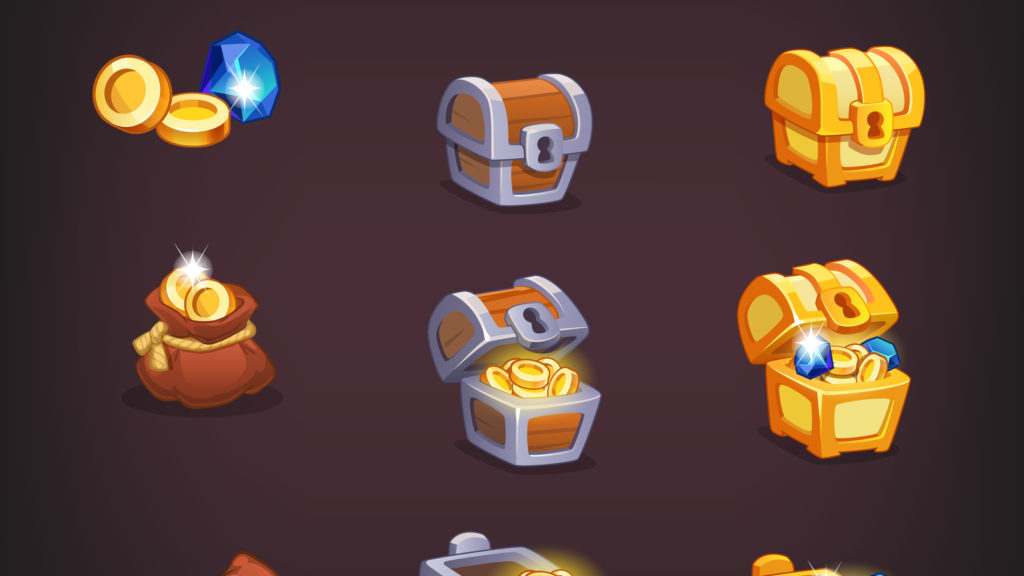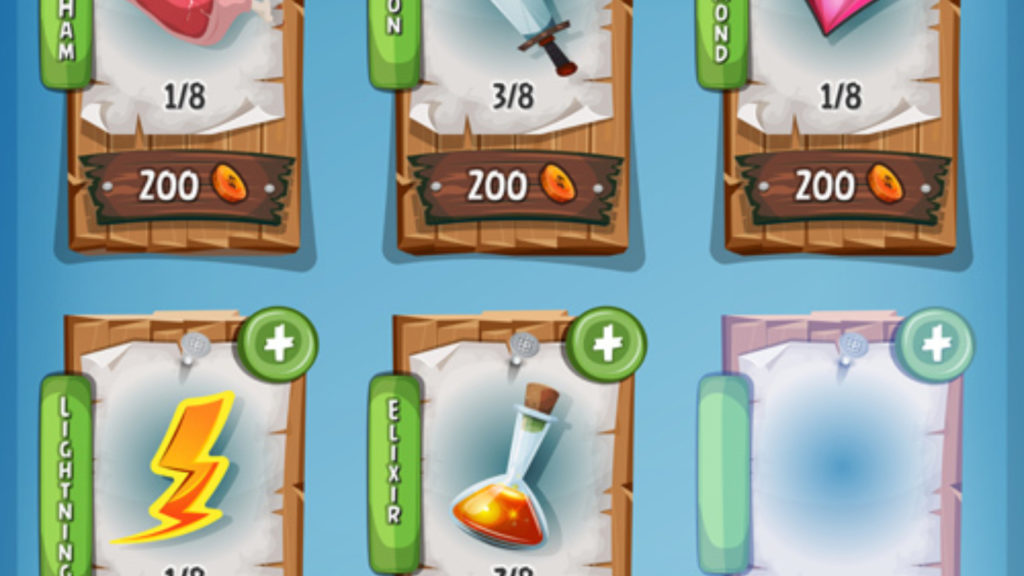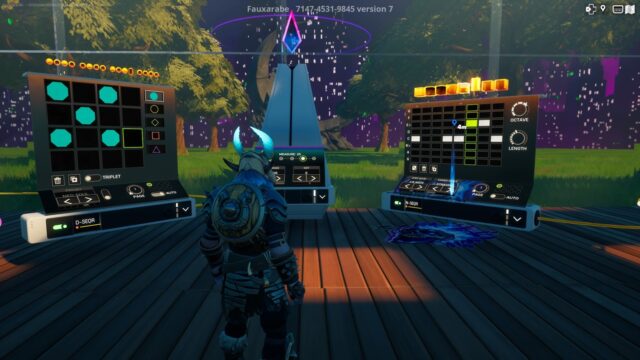
Has your child emptied the bank card in an app or a game? You can do this!
Read more about the rights you have and how to proceed to get your money back.
Choose language in the Google-box below. Some translations may be flawed or inaccurate.

This type of inquiry from anxious parents goes on and on, but during the holidays it comes more often, says Thomas Iversen, senior legal adviser at Consumer Council, Norway.
Some games for mobile, console, and PC have extensive opportunities to buy content. Unless precautions have been taken, it is easy to find father’s or mother’s bank card empty due to in-game purchases.
– It can easily be a large sum. An anxious dad recently told me that his two daughters had subscribed to the app HeyPets which costs over 2000 kroner a week. A next inquiry, a grandmother, said that she had put her credit card in the game console of her granddaughter, and then experienced that almost 20,000 kroner were deducted in the football game FIFA, says Iversen.
The technology has improved so that you can put various barriers on tablets and mobile phones so that the children do not run around with the bank card, Iversen says. However, some parents do not turn on features such as PIN and card wall for using a bank card in the games. This may be due to a lack of knowledge about how such settings work, or that one is not careful enough.
– Many of the games are designed so that children will want to buy content for real money. Many children probably do this by accident, and older children are probably tempted when the opportunity arises. The game developers have a great moral responsibility when they make games that even younger children may play, says Iversen.

It is easy to be fooled, and therefore you as a parent must try to be ahead, Iversen points out.
– There are several ways to prevent your child from using your card against your will. There are of course digital locks such as passwords and pin codes, but still, not everyone uses those. Even if the purchases are made digitally, it is equally important to ensure that the account is blocked for accidental use.
Iversen says that you should also alleviate the buying pressure by talking to the children and getting involved in the child’s game and app use. Then you can get an overview, not only in money-related matters but also the digital life of the children in general.
– This type of impulse control also applies in physical stores – you do not buy chocolate every time you walk past the candy shelf, Iversen compares.
Who has the right on their side?
What rights do you have as a parent when the child has used the bank card unlawfully? Is it the bank, game developer, or the parents responsible?
Unfortunately, it is the parents who are often left with the responsibility, but according to Iversen, there is still hope.
– Now that you have entered your bank card information in a mobile phone, computer, or game console, which is at the disposal of the child, you are the one who is responsible for inserting barriers. If you have not done so, then in principle the bank is not responsible for the unauthorized transactions the children may carry out, Iversen says.

At the same time, the Guardianship Act states that persons under the age of 18 cannot incur debt, Iversen emphasizes. This law also restricts minors’ ability to enter into binding agreements. Children can still enter into agreements for their own money that the parents give them access to. Children over the age of 15 can also dispose of their own income.
– Even with the restrictions that appear from the Guardianship Act, it is not always the case that children can withdraw from the agreement towards full reimbursement when they have purchased content in games. The parents must prove to the seller that the purchases were made by the minor, which can be difficult if both the parents’ user account and payment card are used, says Iversen.
It is still worth a try, and if the seller accepts that the child has made the purchase, it tends to settle. Agreements entered into in violation of the rules of the Guardianship Act are invalid and can be set aside.
Iversen points out that the parents can be held responsible for the seller’s loss, with an upper limit of NOK 5,000. This follows from the Damages Act.
– If the parents have placed a purchase barrier on the device or in the app, and it has not worked, you can make a claim for reimbursement against the bank, the game developer, or the sales platform, says Iversen.
He emphasizes that you are only entitled to a refund once.
When the damage has already occurred
Useful advice is good, but several parents still experience deductions from the bank card that should not have happened. Fortunately, Iversen has several tips to give and can assure you that in many cases it worked out partially or completely anyway.
– The grandmother mentioned above received nearly 20,000 kroner in FIFA, almost the entire sum, from the game store from where the game was downloaded. From experience, customers and suppliers often come to a kind of intermediate solution, says Iversen.
Here’s how to go about finding a solution:
- If you have discovered unwanted transactions in your bank account, block the card. The child may have signed up for subscription services, which have ongoing monthly expenses
- Contact the bank. The bank may be able to withdraw some of the money
- If this does not resolve the situation, please contact the places where the money is spent, whether it is Google’s Play Store, App Store and the like
- Have a pleasant and factual tone when you contact the platform or game developer, tell how challenging the situation is
- Ultimately, you can contact the game developer directly. Epic Games, which makes Fortnite, for example, is responsible for all payment solutions, even if the expending occurs through game consoles and mobile online stores
- Also feel free to contact the Consumer Council for guidance and possibly in complaints. There you can get guidance about your rights, as well as help regarding complaints
- If the child has stolen your bank card and then made the transactions, contact the bank. Often you can get away with a part of the purchase.
(Source: Thomas Iversen, senior legal adviser in the Consumer Council, Norway).
Related contact information:
Apple App Store (Refund form): Follow this link.
Google Google Play (Refund Form): Click on this link.
Playstation customer service (contact information): Go to this link.
Microsoft Xbox (contact information): Follow this link.
Steam customer contact (form): Go to this link.
Nintendo (contact information): Go to this link.
(Written on 16 Feruary 2021. Translated from Norwegian to English on 27 October 2021 by Ratan.)
Illustration photo: Shutterstock.com





